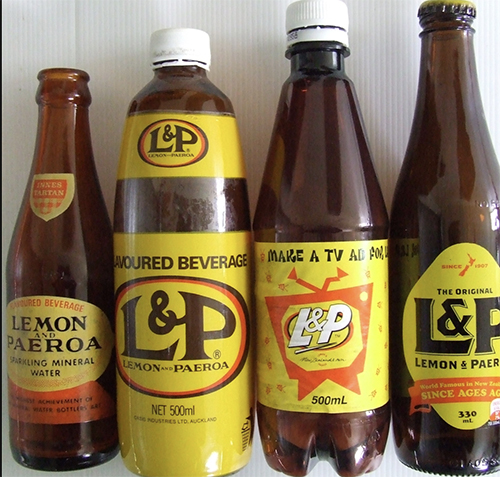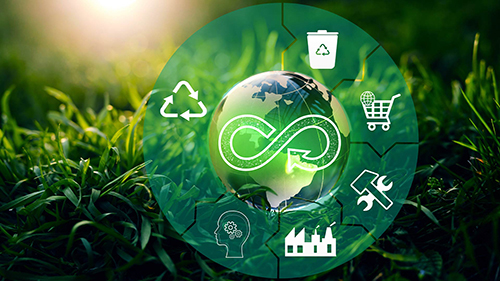
Plastic Lifecycle
Discover the fascinating origins of plastics, dating back to the early 1930s. Plastic, initially created as an innovative solution for wartime, quickly transformed into a common household item and how our goal is to keep it in circular and sustainable economy.
1833-1930
From imitation to innovation
Global plastic production: <1M tons/year
Recycling rate: 0%
The first plastic was created in 1868 when the Hyatt brothers in the United States industrially produced nitrocellulose, based on Braconnot’s invention, and used it to make billiard balls that imitated ivory.
The 1930s saw a dramatic change towards synthetic alternatives as a result of resource conservation during the war. Initially created for silk, nylon was invented by Wallace Carothers in 1935 and was a vital invention during World War II, used in parachutes and other products. With modifications like military-grade nylon and the covert application of HDPE, plastics were essential to the sustainability of wartime operations.

1950–1970
The plastic boom!
Global plastic production: 25M tons/year
Recycling rate: 0%
Plastics experienced a meteoric rise in popularity when they came to represent the “American way of life.” Innovations like polyester, hailed as a miracle fabric for its fast drying and wrinkle-free qualities, contributed to the remarkable rise of plastics. Because it is more affordable, and more convenient than other materials, plastic packaging started to replace traditional materials, with the first plastic bottle’s appearance in 1968 by Vittel Mineral Water in France. Disposability was not the main concern at this time; instead, plastics represented a revolutionary change.

Navigating
Challenges
(1980s-2000s)
Magic Material not so magic anymore!
Global plastic production: 60M tons/year
Recycling rate: 0.3%
The environmental impact of plastic in the 1980s gave rise to recycling proposals, which gained traction at first but lost direction due to increased production. Recycling gained popularity by the 1990s and was shown to have financial advantages. Population growth and a wide range of plastic consumption, however, made recycling single-use bottles more difficult and led to investments in different plastics.
Domestic recycling began to gain traction in the 2000s, but difficulties soon followed, such as China’s rejection of mixed plastics and problems with contamination in single-stream recycling. Resource constraints made it difficult to overcome these barriers, despite the high demand for recycling solutions.

The Future of
Plastic
From a linear plastics economy to circular plastics economy
Suftech solving the global problems through its technology and innovation
Suftech’s extensive R&D led to the development of a groundbreaking proprietary technology that upcycles plastic waste into high quality plastic granules making the entire value chain circular and sustainable.
This vision stems from the understanding that plastic’s longevity, often considered a drawback, is a strength which if harnessed through technology and innovation, can lead to a circular plastics economy.


